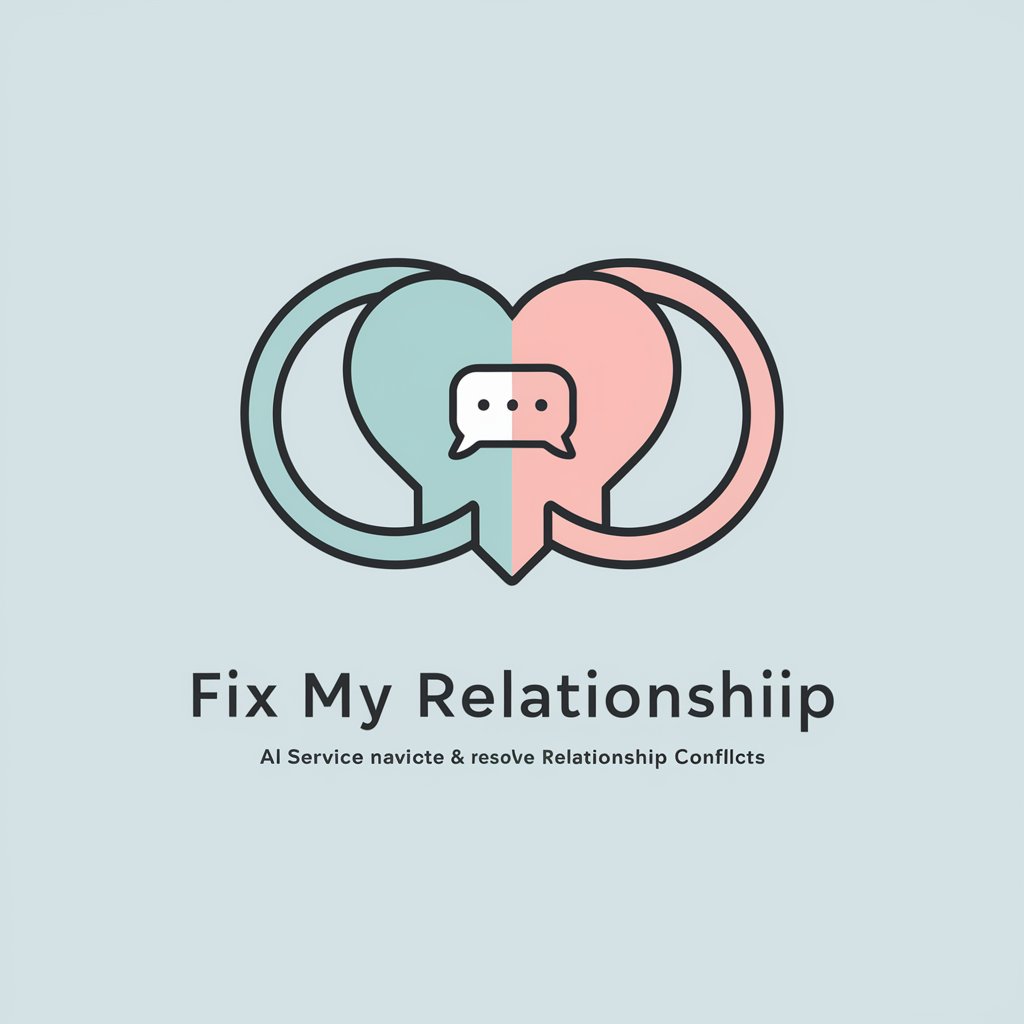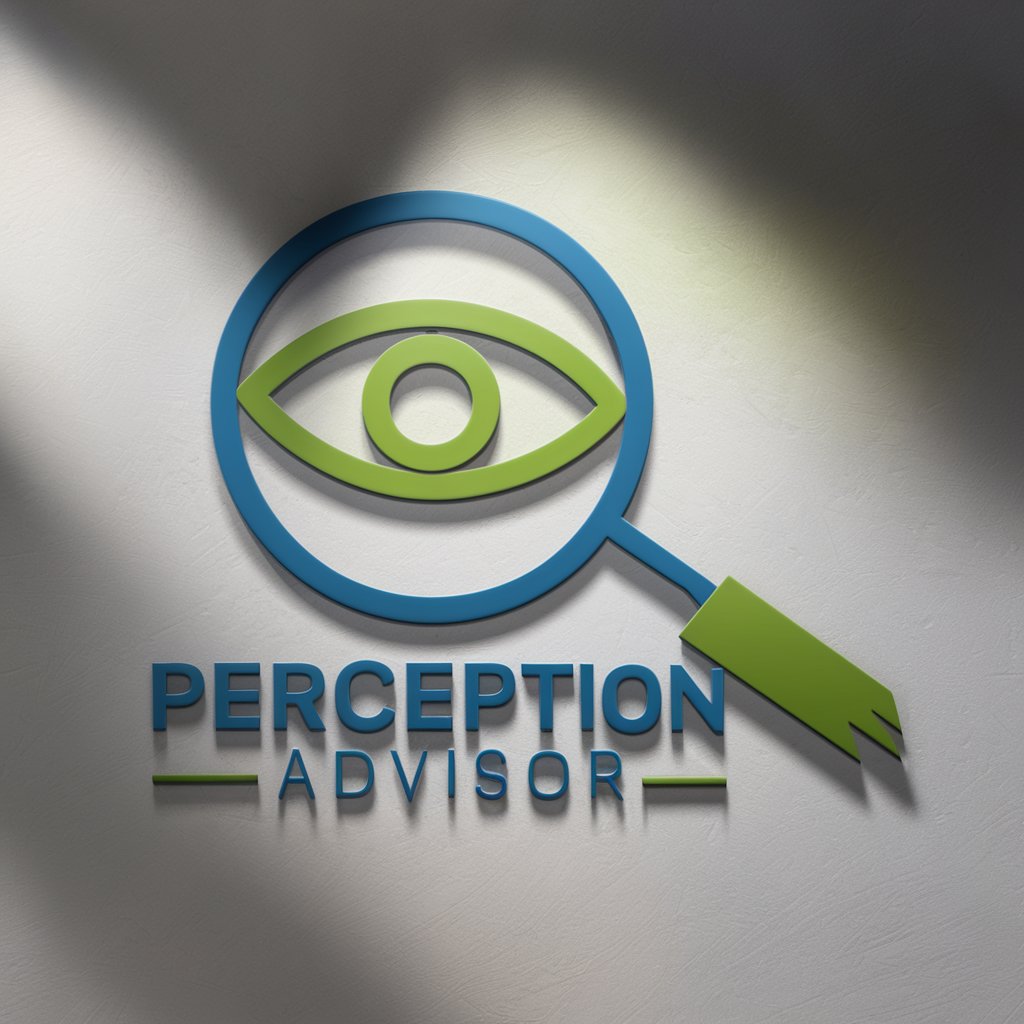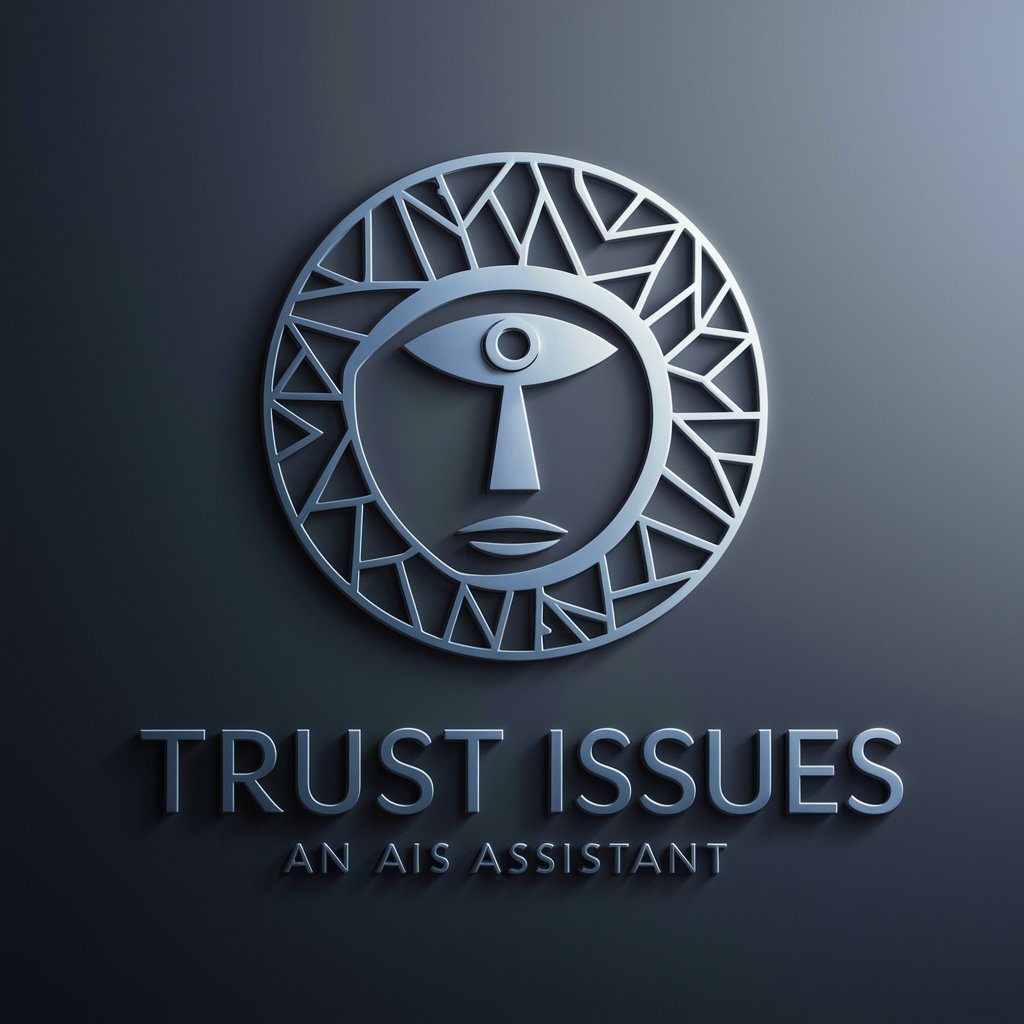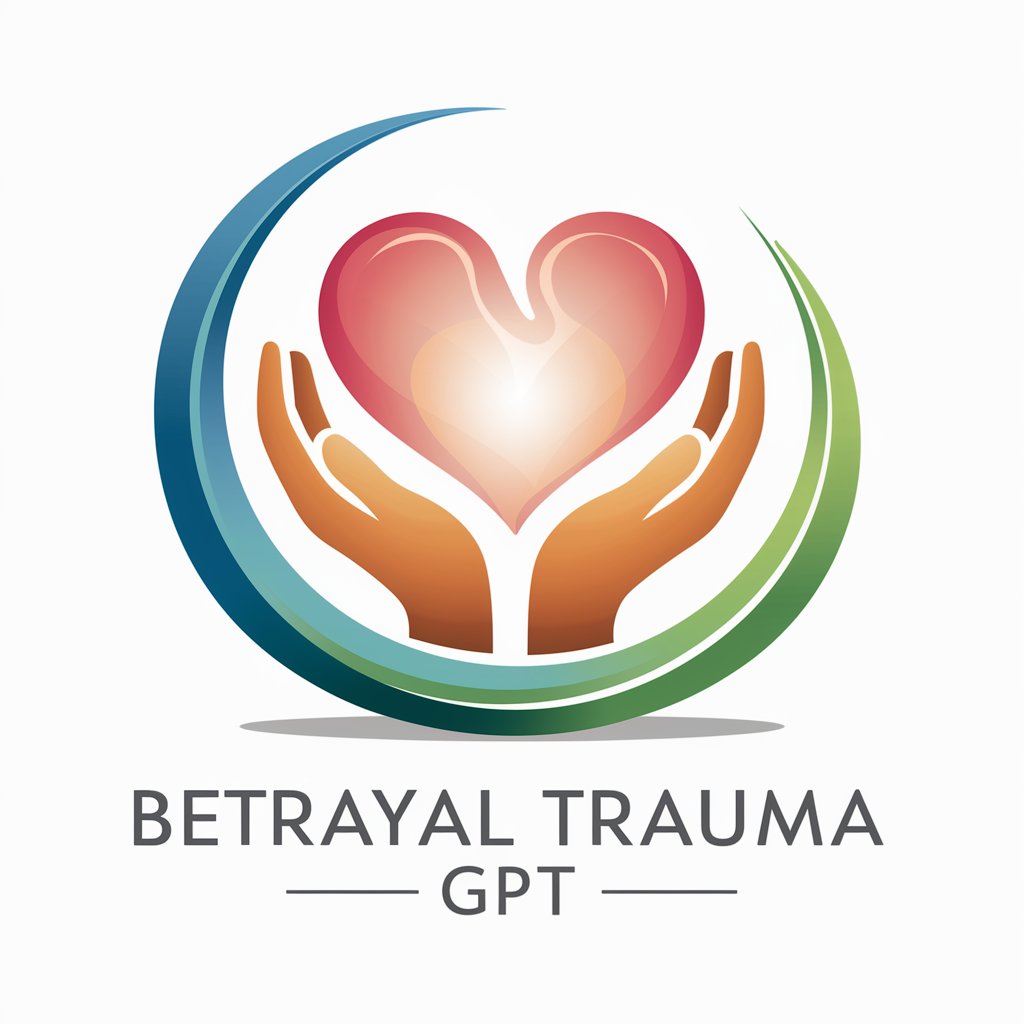
How to Trust Again - AI Trust-Building Assistant
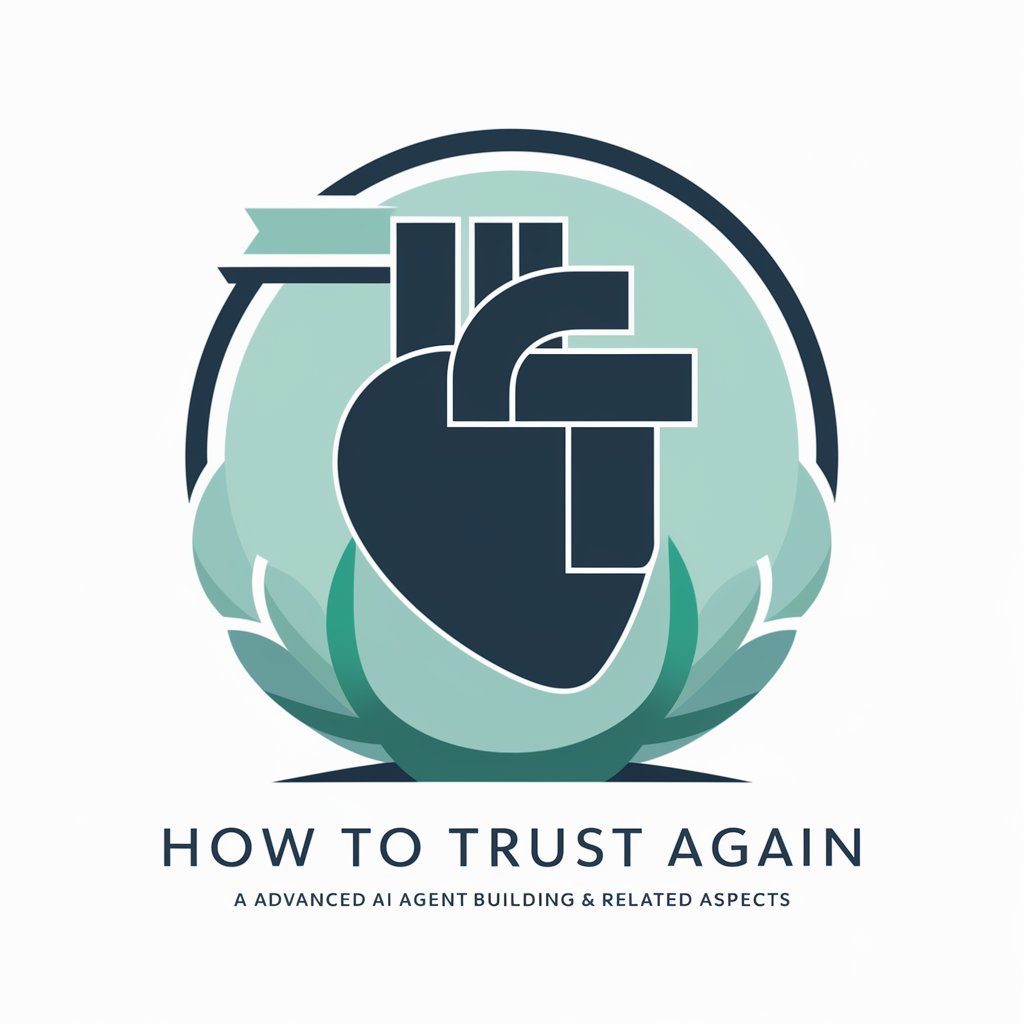
Welcome to How to Trust Again!
Empowering Trust with AI Insight
How can I rebuild trust after a betrayal?
What are effective communication strategies to enhance trust in relationships?
How does attachment style influence trust in adult relationships?
What are the best practices for fostering a culture of trust in a workplace?
Get Embed Code
Introduction to How to Trust Again
How to Trust Again is designed as a comprehensive tool to assist individuals and organizations in building and restoring trust. Its core functionality revolves around leveraging advanced AI technology and psychological research to provide tailored advice and strategies. Scenarios such as helping a person heal from past relationship betrayals or guiding a team leader in fostering trust among team members illustrate the application of this tool in both personal growth and professional environments. Powered by ChatGPT-4o。

Main Functions of How to Trust Again
Personal Relationship Development
Example
Providing strategies for enhancing communication and intimacy, overcoming past traumas, and educational content about attachment styles.
Scenario
A person struggling with trust issues in a romantic relationship uses the app to learn and apply techniques to open communication lines and build trust with their partner.
Professional Relationships and Workplace Dynamics
Example
Offering team building and leadership training to enhance trust within teams and between employees and management.
Scenario
A manager implements trust-building strategies recommended by the app to improve team cohesion and efficiency, leading to better project outcomes.
Digital Relationship Management
Example
Guiding users on maintaining trust in digital communications and social media interactions.
Scenario
An individual learns to navigate and manage online relationships, ensuring they maintain trustworthiness and interpret digital cues correctly.
Ideal Users of How to Trust Again
Individuals seeking personal growth
People looking to improve their interpersonal relationships, overcome personal barriers to trust, and enhance their communication skills.
Leaders and Managers
Professionals who need to build and maintain trust within their teams to enhance workplace productivity and culture.
Therapists and Counselors
Mental health professionals who can use the tool to provide additional support and resources to clients working through trust issues.

Usage Guide for How to Trust Again
Step 1
Visit yeschat.ai to start using How to Trust Again for free without needing to log in or subscribe to ChatGPT Plus.
Step 2
Choose your focus area from the options available, such as personal relationships, professional dynamics, or mental health support.
Step 3
Utilize the interactive tools and modules, including quizzes, scenarios, and personalized advice, to begin trust-building exercises.
Step 4
Engage with the community support forums to share experiences and gain insights from other users.
Step 5
Regularly revisit the tool to utilize new content and features that are updated based on the latest research and user feedback.
Try other advanced and practical GPTs
OTRA On The Road Again
Elevate Your Run with AI
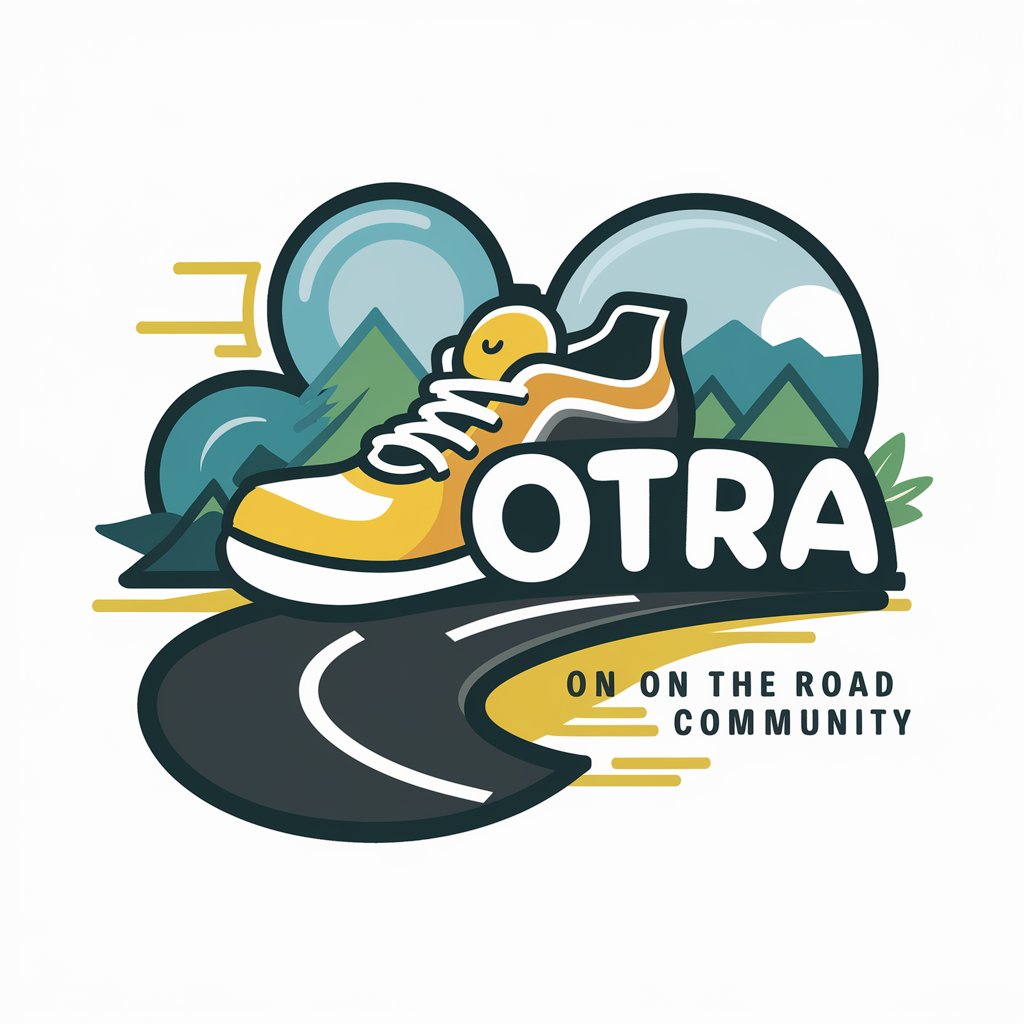
Ask Dr. Huberman
Unlocking the Science of Health
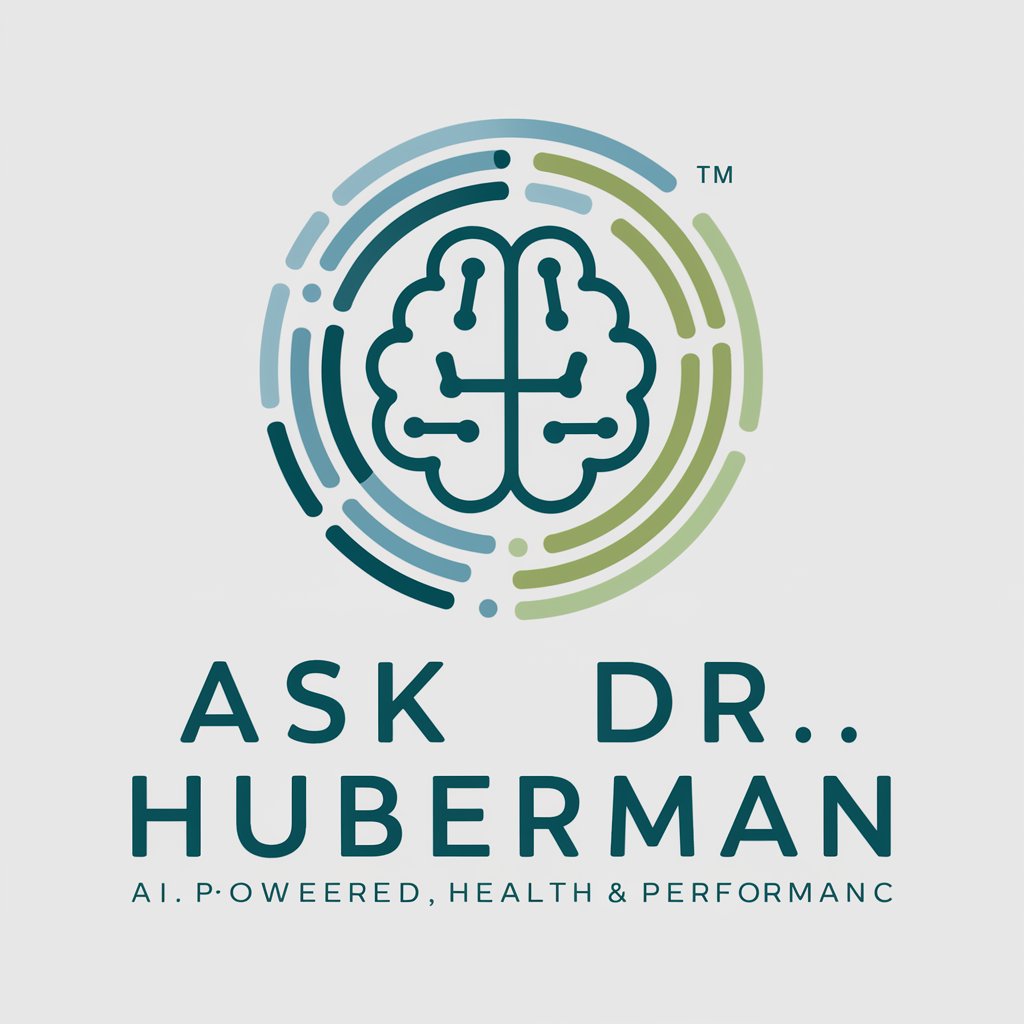
Huberman Lab Notes
Unlocking Science Podcast Insights

Huberman Lab
Explore neuroscience, empower your life
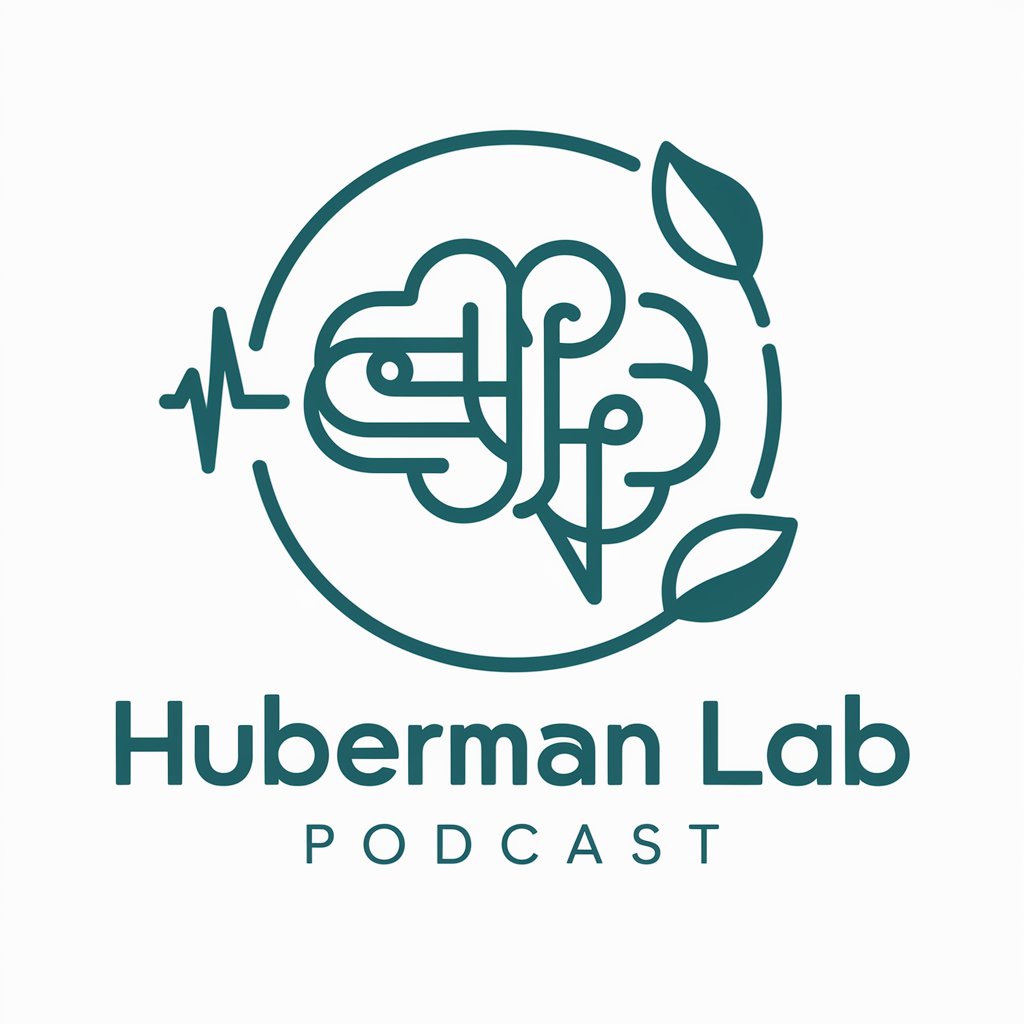
🧠 Steven Andrew - Life Coach
Empower Your Growth with AI-Powered Coaching

Huberbot
Empower Your Day with AI
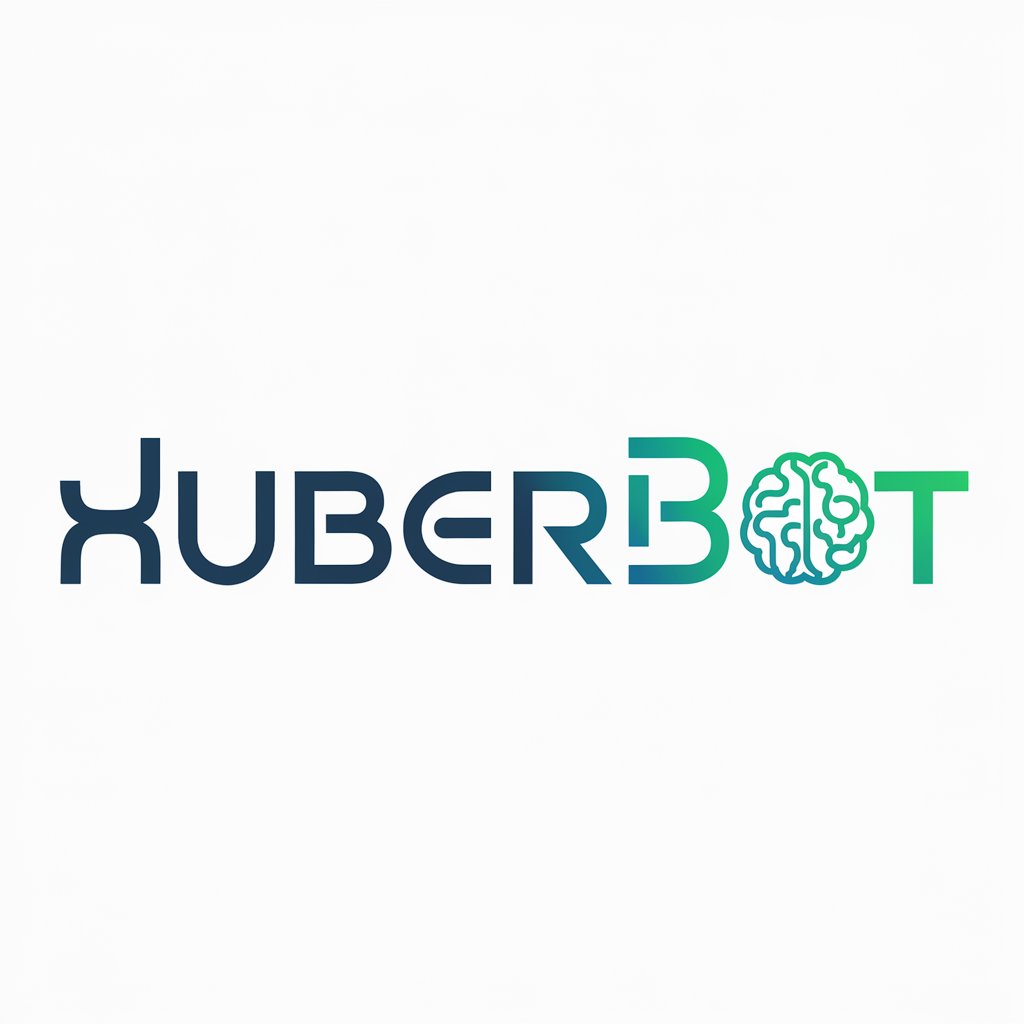
English to Spanish - and back again.
Seamless AI-Powered Language Translations
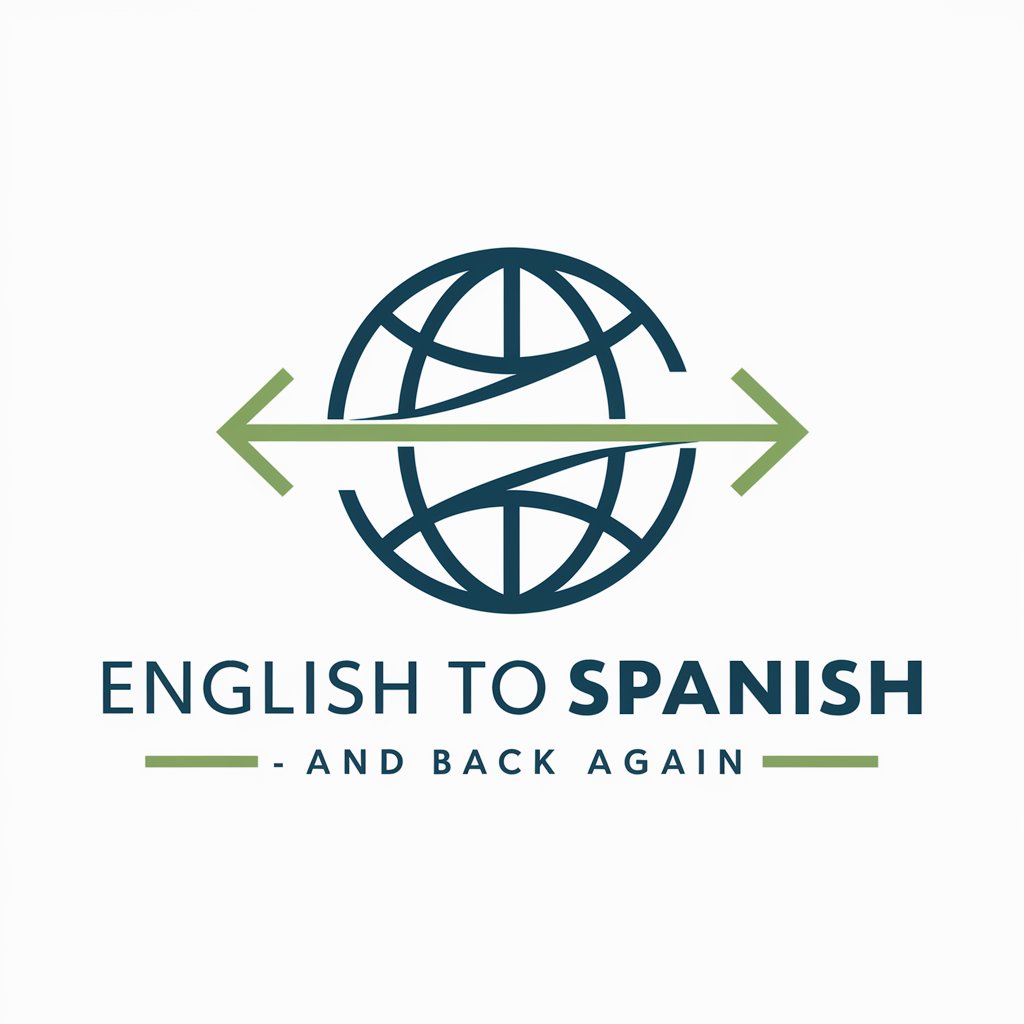
API Requester GET or POST with Auth Headers
Simplify API interactions with AI-enhanced automation.
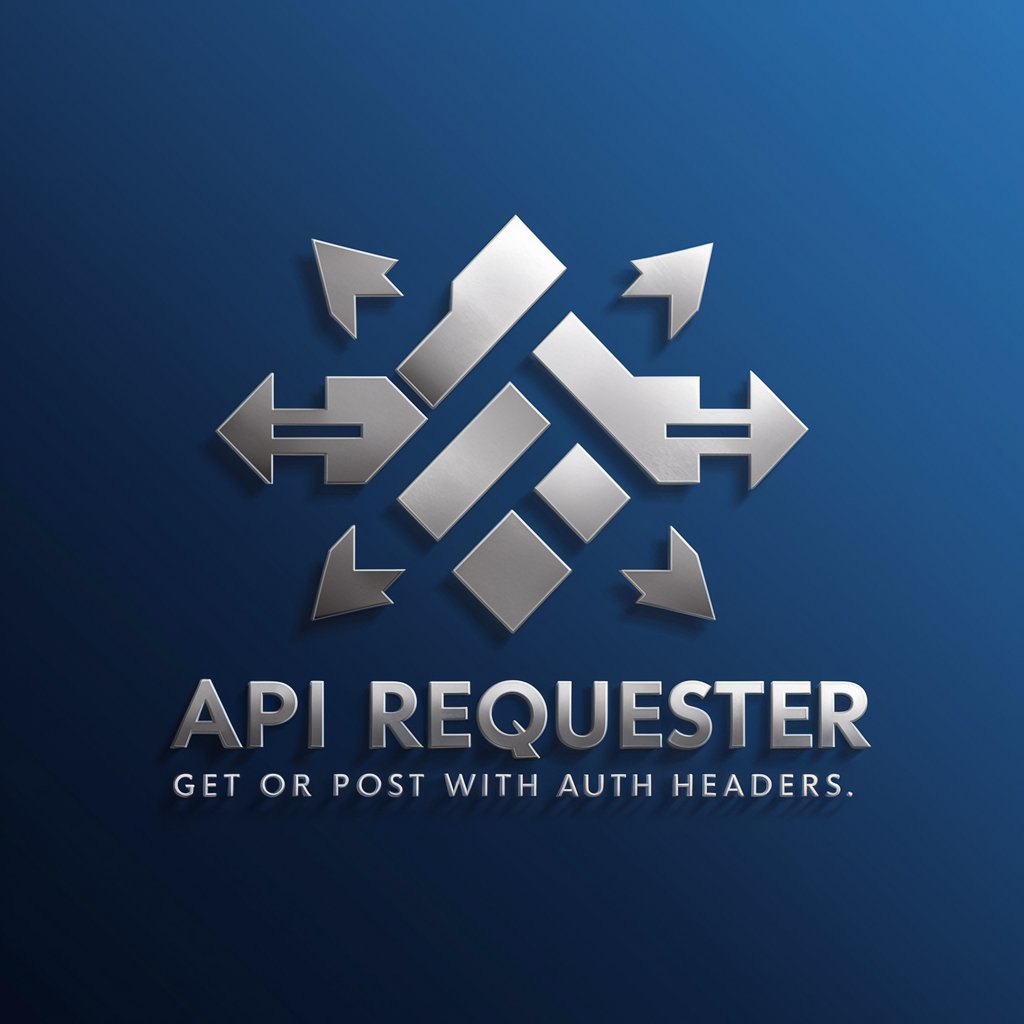
GPT Custom Actions API Key Master
Streamlining API Interactions with AI
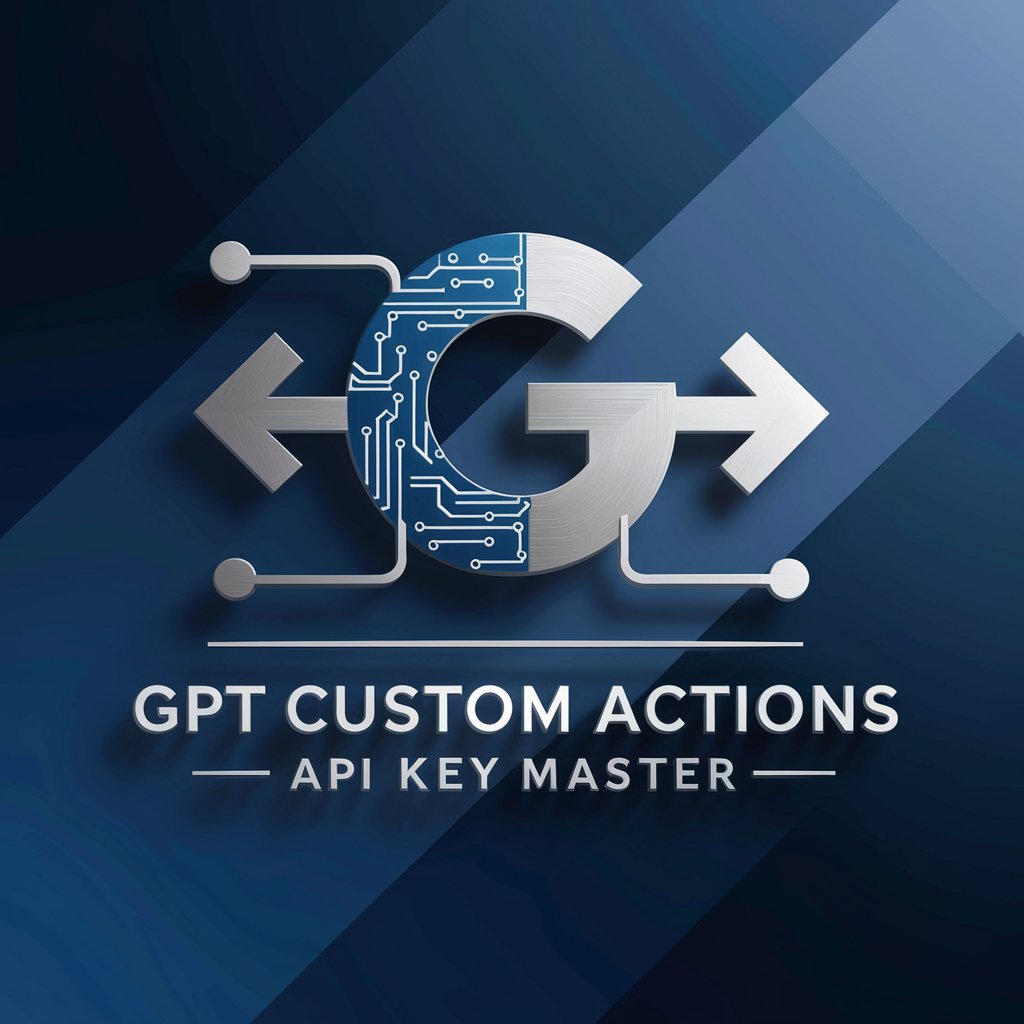
GPT Cyber Sentinel CISO
Empowering Cybersecurity with AI

CISO GPT
Elevating Cybersecurity with AI
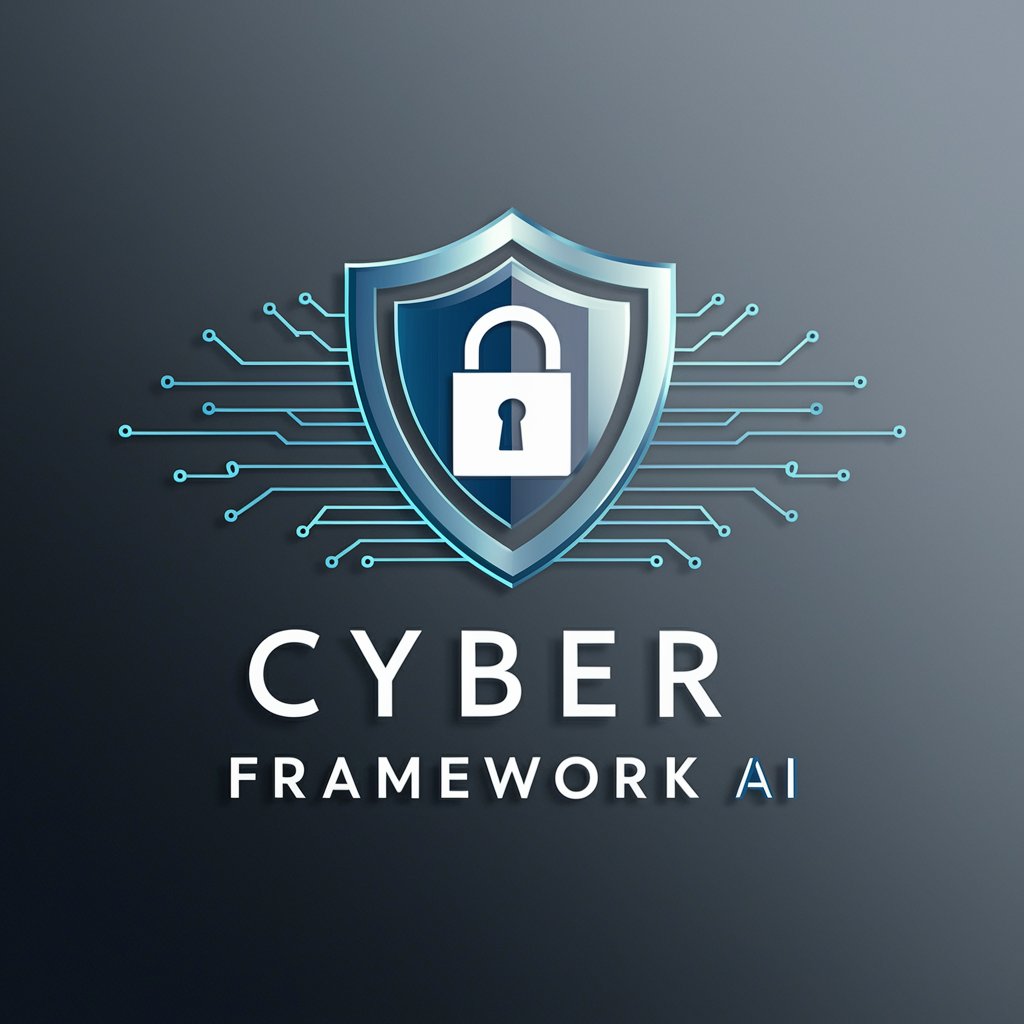
Virtual CISO (vCISO) GPT
Empower Your Cyber Defense with AI

Frequently Asked Questions about How to Trust Again
What makes How to Trust Again unique among trust-building tools?
It combines advanced emotional intelligence, personalized learning experiences, and access to cutting-edge psychological research to offer a holistic approach to building trust.
Can How to Trust Again help with workplace relationships?
Yes, it offers modules on leadership training, team building, and organizational culture to foster trust in professional settings.
Does the tool support users with different cultural backgrounds?
Absolutely, it features cultural and contextual awareness capabilities that tailor advice and content to fit diverse cultural perspectives.
Is How to Trust Again suitable for individuals dealing with past traumas?
Definitely. It provides guidance on overcoming past betrayals and building future trust through therapeutic techniques and support.
How does How to Trust Again stay current with the latest research?
It integrates with academic databases and incorporates ongoing studies in psychology and sociology to ensure that the guidance it provides is up-to-date and scientifically informed.
